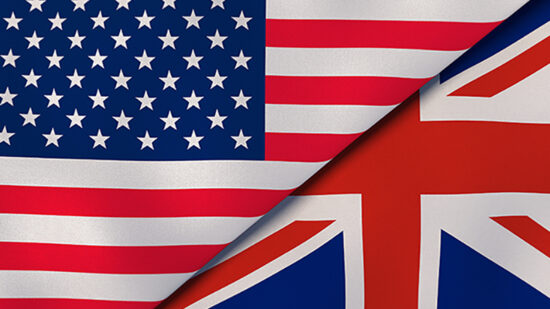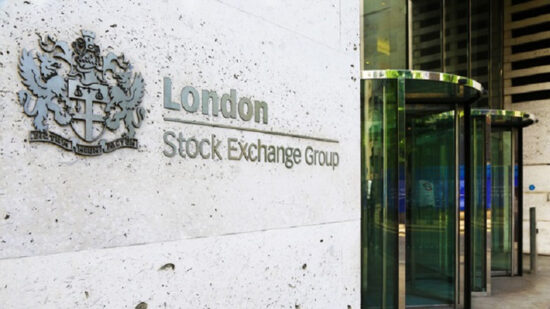But it has also caused some to revisit a report first released in September which found that that many conventional ideas about which countries are the most – and least – accommodating to international criminals may be completely wrong.
The only eight jurisdictions in which the researchers were unable to get anywhere in their attempts to set up a shell company, out 61 in which at least 25 approaches were made, were the United Arab Emirates, the Seychelles, Jordan, Jersey, Israel, Denmark, the Cayman Islands and the Bahamas.
The United States and the UK, meanwhile, were among a number of OECD countries that ended up in the bottom third of the list, which saw Kenya at the bottom, and Canada nearly there.
“It is more than three times as difficult to establish a shell company in a tax haven as it is in other countries,” one of the authors of the report, Brigham Young University associate professor Daniel Neilson, told a gathering of international financial services industry officials in London last week, at a conference sponsored by OffshoreAlert, the online news website.
The report, entitled Global Shell Games: Test Money Launderers’ and Terrorist Financiers’ Access to Shell Companies, is said by its authors to have been “the most robust test” ever conceived to measure just how well various jurisdictions enforce international rules that ban the use of untraceable, anonymous shell companies.
Such shell companies, Neilson and the report’s other authors note in their introduction, are the No. 1 choice of criminals “for moving large sums of dirty money internationally”.
Neilson carried out the research, along with University of Texas at Austin assistant professor Michael Findley and Griffith University professor Jason Sharman, under the auspices of the Centre for Governance and Public Policy at Griffith University in Brisbane, Australia.
Evidence was drawn from more than 7,400 email solicitations to more than 3,700 corporate service providers that market shell companies in 182 countries.
According to Neilson, the report had been carried out at the request of Michigan Sen. Carl Levin and his staff, who, he said, were keen to find out exactly what is going on in some of the offshore centres in order to ensure the suitability of any legislation ultimately proposed.
Levin had been a sponsor of the so-called Stop Tax Haven Abuse Act, which was subsumed into the HIRE Act in the form of the Foreign Account Tax Compliance Act, signed into law in 2010.
‘No correlation with task force data’
Among the most interesting findings to come out of the Global Shell Games research was that there appears to be “no statistical correlation” between the data found in this report and that contained in reports issued by the Financial Action Task Force (FATF), the world’s standard-setter and enforcer of anti-money laundering standards, Neilson told his OffshoreAlert conference audience, as he outlined the report’s key findings.
“Obviously, the tax havens have very high compliance [legislation] on the books, so there’s a correlation there, but it turns out that the OECD countries, and the developing countries – which have quite varying rates of statutory compliance – have no correlation whatsoever with their actual compliance rates, as we found [them to be] in our study. We think that’s interesting,” he said.
“So more work needs to be done there, we haven’t done that analysis in full detail, yet.
“But so far, we have found no correlation between statutory compliance and actual compliance.”
Nearly half, or 48% of the replies received by the Global Shell Games researchers did not ask for proper identification when the researchers, posing as would-be clients keen to set up a shell company, made inquiries, while 22% "did not ask for any identity documents at all", according to a 33-page media summary of the report’s findings.
To view the summary in full, click here.








